The 5 Cruelest Classroom Animal Experiments
Here at TeachKind Science, we love science! As animal advocates and educators, we must all be on the lookout for cruelty and speak up when we see it, and experiments involving animals raise ethical concerns due to their cruelty and speciesism. The good news is that there are superior humane replacements for every animal-based experiment.
With advancements in technology and teaching methodologies, there are numerous animal-free alternatives available that can effectively teach biology. A recent study in The American Biology Teacher found that students using non-animal methods showed comparable or superior performance on course evaluations compared to those using traditional animal dissection techniques in 95% of the cases studied.
Despite the wealth of alternatives, the unfortunate reality remains that wasteful and needlessly cruel experiments involving animals continue to be conducted in science classrooms year after year. Let’s dive into the top five cruelest classroom science experiments used today, along with our recommended replacements:
Bottle Biology
Bottle biology confines small aquatic animals to bottles for observation, which can subject them to stress and inappropriate living conditions. This practice poses significant ethical concerns due to its constraints on the natural behavior of the individuals involved, which compromises their well-being. Consequently, it overlooks fundamental principles of the ethical treatment and welfare of sentient beings. Simply modifying an existing bottle biology project by using plants instead of sentient beings meets all the science standards addressed in these projects without harming anyone. The virtual Feed and Grow fish simulation by Valve is another alternative that can provide an engaging and interactive way for students to learn about aquatic ecosystems and the interconnectedness of marine life, exploring the dynamics of underwater environments while learning about fish behavior and habitat conservation. Land Snail Simulator Shell 3D by Amazing 3D Games offers another engaging alternative to traditional bottle biology experiments, providing students with an opportunity to explore terrestrial ecosystems and learn about the intricate lives of land snails.
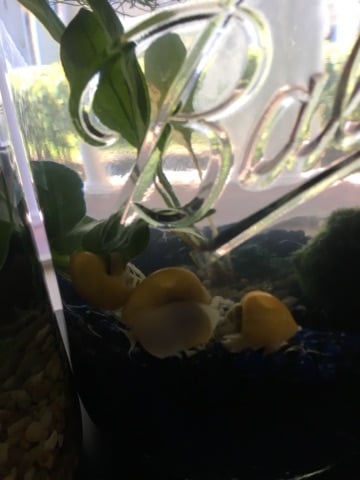
Chick-Hatching Experiments
Chick-hatching experiments raise significant ethical and welfare concerns that outweigh any potential benefits for students. Chickens are highly social individuals, and even while they’re still in their shells, their mother clucks to them softly so they learn to recognize her voice. Incubated chicks are deprived of this important contact and subjected to cruel and stressful conditions, including a lack of maternal care, confinement, improper lighting, and excessive noise. Additionally, although companies may offer to take back the chicks after the project concludes, they fail to disclose that the baby birds will be killed upon return to avoid the possibility of spreading disease to the companies’ flocks. The Chick It Out app by PEACE Humane is an exciting alternative to traditional chick-hatching projects that allows users to observe the wonders of chick development with 360-degree viewing. Chick life cycle model kits, such as the Chick Life Cycle Exploration Set from Learning Resources, are another alternative to live-chick projects. TeachKind provides additional engaging alternatives to chick-hatching activities as well.
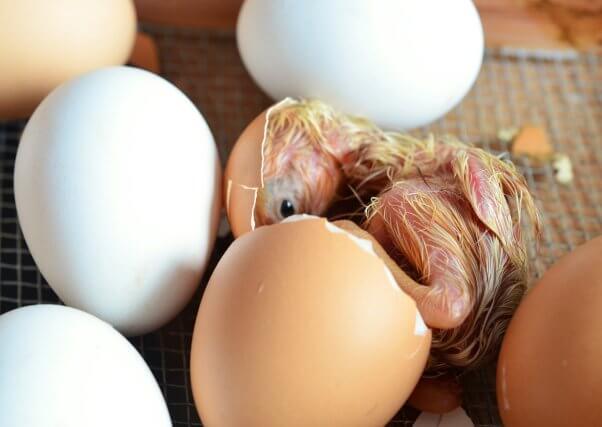
Respiration Rate Experiments
Respiration rate experiments alter water temperature in order to measure breathing rates and/or cellular respiration in fish, which subjects them to distress. Goldfish or guppies are commonly used for these classroom experiments, and fish are ectothermic, meaning they rely on their environment to regulate their body temperature. Temperature change can shock their systems and disrupt their physiological functions, leading to complications, illness, or death. Expandable Mind software offers three virtual labs that allow students to investigate respiratory rate, capillary flow, and dissolved oxygen levels efficiently and humanely.
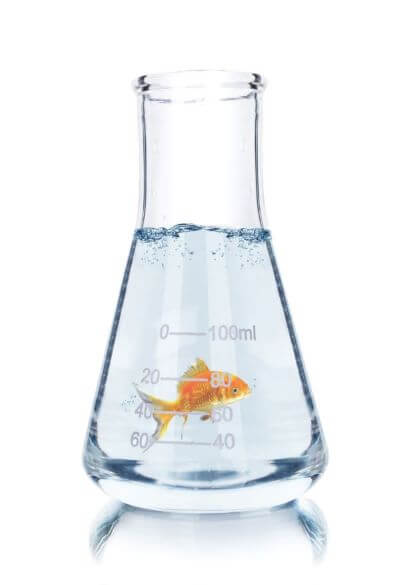
Animal Dissection
Animal dissection is a common practice that involves cutting open dead animals for educational purposes, often without considering alternatives. These dissections are inherently cruel because they depend on killing animals, perpetuate a disregard for their inherent value, and desensitize students to the suffering of others. Digital platforms offer virtual dissection software that provides an interactive and immersive learning experience without harming anyone. TeachKind has numerous digital resources to meet the needs of every teacher and student as well as a resource for parents and guardians on digital dissection. Anatomical models are also effective alternatives to traditional dissection, offering insights into biological structures without the ethical concerns associated with using animals. TEDCO Toys sells a 4D Frog and other animal models that feature a transparent cut to show internal organs and structure.
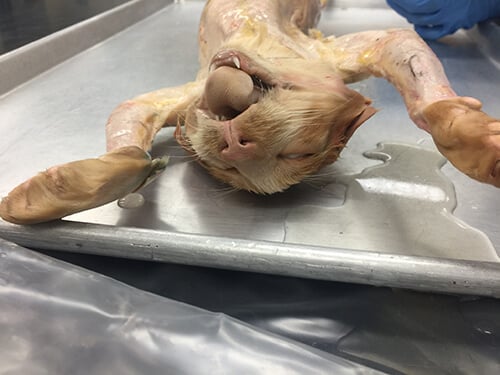
Pithing
Pithing is a horrific procedure used on frogs before dissecting them while they’re still alive. The animals are immobilized by inserting a needle or probe into their brain or spinal cord to disrupt neural activity, rendering them immobile for dissection. This barbaric cruelty keeps the frog alive during dissection, enduring unbearable pain until their main artery is severed. (Click here to hear Adnan Rehmat, a teacher in Pakistan, explain to his students why a pithed frog he’s tormenting is still alive eight minutes into the dissection.) With so many modern, cruelty-free resources available for teaching dissection, this vile practice must be relegated to the history books.
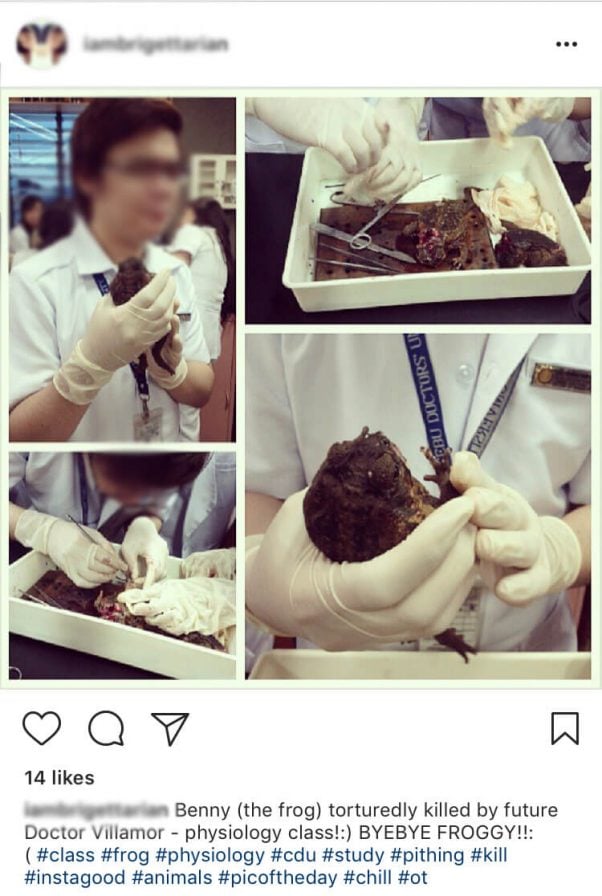
Science education is crucial for nurturing curiosity and critical thinking, which requires prioritizing ethical considerations and ending the use of animals in classroom experiments, including these top five cruelest practices. You can help promote compassion and empathy in scientific inquiry by joining TeachKind’s pilot program for ethical science education practices. Together, let’s create a more humane approach to science for everyone!





